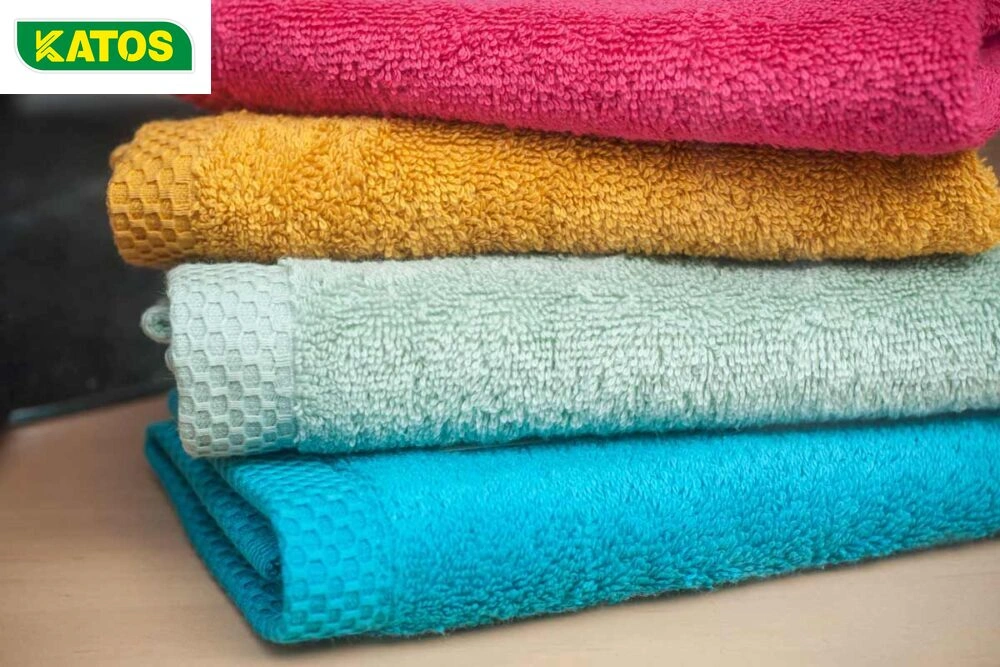cloths
Cloths are essential tools in maintaining a tidy and hygienic environment, and they come in a wide range of materials and types, each tailored to specific cleaning tasks. The variety ensures that there is a suitable option for almost any cleaning need, from general household chores to specialized cleaning requirements. These cloths are designed to address different challenges, whether it’s removing stubborn grime, polishing delicate surfaces, or absorbing spills. Understanding the diverse types of cleaning cloths available can help in selecting the right one for the job, enhancing both efficiency and effectiveness in your cleaning routine. Here are some common types of cleaning cloths, each with its unique properties and uses:
Microfiber Cloths

Material: Synthetic fibers (usually polyester and nylon)
Uses: General cleaning, dusting, polishing, absorbing spills, and cleaning glass surfaces
Advantages: Highly absorbent, non-abrasive, and can pick up dirt and dust effectively without the need for chemicals
Microfiber cloths, made from synthetic fibers like polyester and nylon, are incredibly versatile cleaning tools. They are widely used for general cleaning, dusting, polishing, absorbing spills, and particularly for cleaning glass surfaces. The structure of microfiber allows these cloths to be highly absorbent and non-abrasive, making them gentle on surfaces while effectively picking up dirt, dust, and even bacteria. One of the standout advantages of microfiber cloths is their ability to clean efficiently without the need for chemical cleaners, which makes them a popular choice for eco-friendly cleaning practices. Their fine fibers can reach into crevices and remove particles that other materials might miss, ensuring a thorough clean with minimal effort. Whether you’re wiping down countertops, polishing mirrors, or tackling tough grime on appliances, microfiber cloths are designed to make the task easier and more effective.
Cotton Cloths
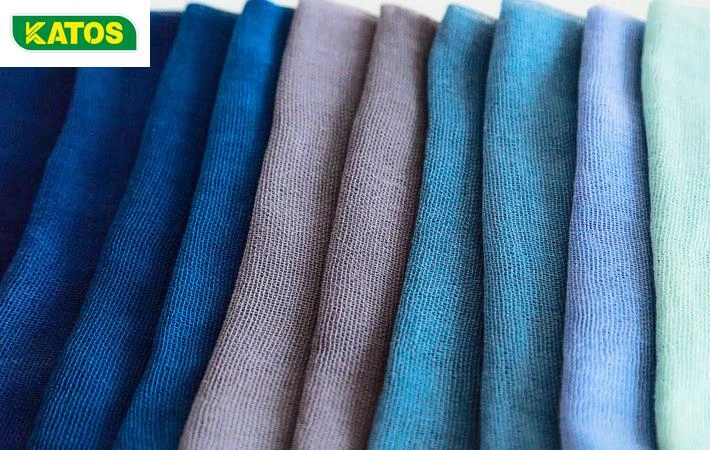
Material: Natural cotton fibers
Uses: General cleaning, wiping surfaces, drying dishes, and polishing
Advantages: Soft, absorbent, and durable. Ideal for kitchen and bathroom use
cotton cloths are made from natural cotton fibers, are a staple in many households for various cleaning tasks. These cloths are commonly used for general cleaning, wiping surfaces, drying dishes, and polishing, especially in kitchen and bathroom settings. Cotton is known for being soft, absorbent, and durable, which makes these cloths ideal for daily use. Their natural fibers are gentle on surfaces, making them suitable for a wide range of cleaning applications, from soaking up spills to polishing delicate items. The absorbency of cotton cloths allows them to hold a significant amount of liquid, which is why they are frequently used for drying purposes. Moreover, cotton cloths are easy to clean and maintain, often lasting through many uses and washes, which adds to their practicality and cost-effectiveness in household cleaning routines.
Terry Cloths
Material: Looped cotton fabric
Uses: Drying, mopping up spills, and cleaning delicate surfaces
Advantages: Very absorbent, soft, and gentle on surfaces. Often used as bath towels or for drying dishes
Terry cloths, made from looped cotton fabric, are exceptionally absorbent and versatile. They are commonly used for drying, mopping up spills, and cleaning delicate surfaces. The unique looped texture of terry cloth enhances its absorbency, making it ideal for tasks that require significant moisture absorption, such as drying off after a bath or soaking up spills. Additionally, the softness of terry cloth ensures that it is gentle on surfaces, preventing scratches or damage. These cloths are often found in the form of bath towels or dish towels, where their ability to handle large amounts of water and their durability make them highly effective and practical for everyday use.
Chamois Cloths
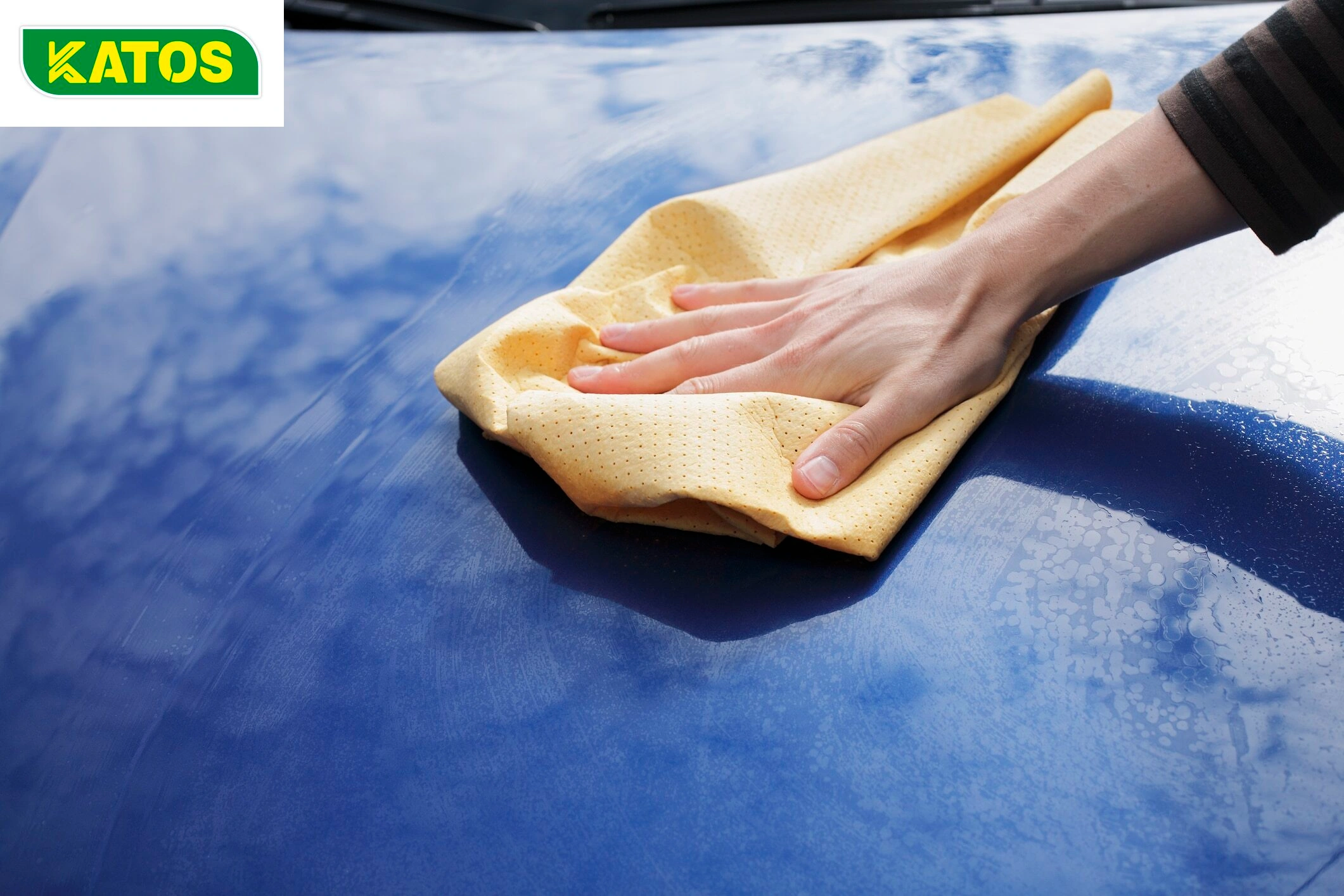
Material: Traditionally made from sheep or goat skin (now often synthetic)
Uses: Drying cars, cleaning windows, and polishing
Advantages: Extremely absorbent and leaves surfaces streak-free
Chamois cloths, traditionally crafted from sheep or goat skin but now often made from synthetic materials, are renowned for their extreme absorbency and streak-free cleaning capabilities. They are frequently used for drying vehicles, cleaning windows, and polishing surfaces. The natural or synthetic chamois material is highly absorbent, allowing it to soak up large quantities of liquid without leaving behind streaks or residues. This makes chamois cloths particularly effective for achieving a flawless, clear finish on shiny surfaces, whether you’re detailing a car or cleaning glass. Their ability to provide a high-gloss, streak-free result while being gentle on surfaces makes them a preferred choice for many detailed cleaning tasks.
Lint-Free Cloths
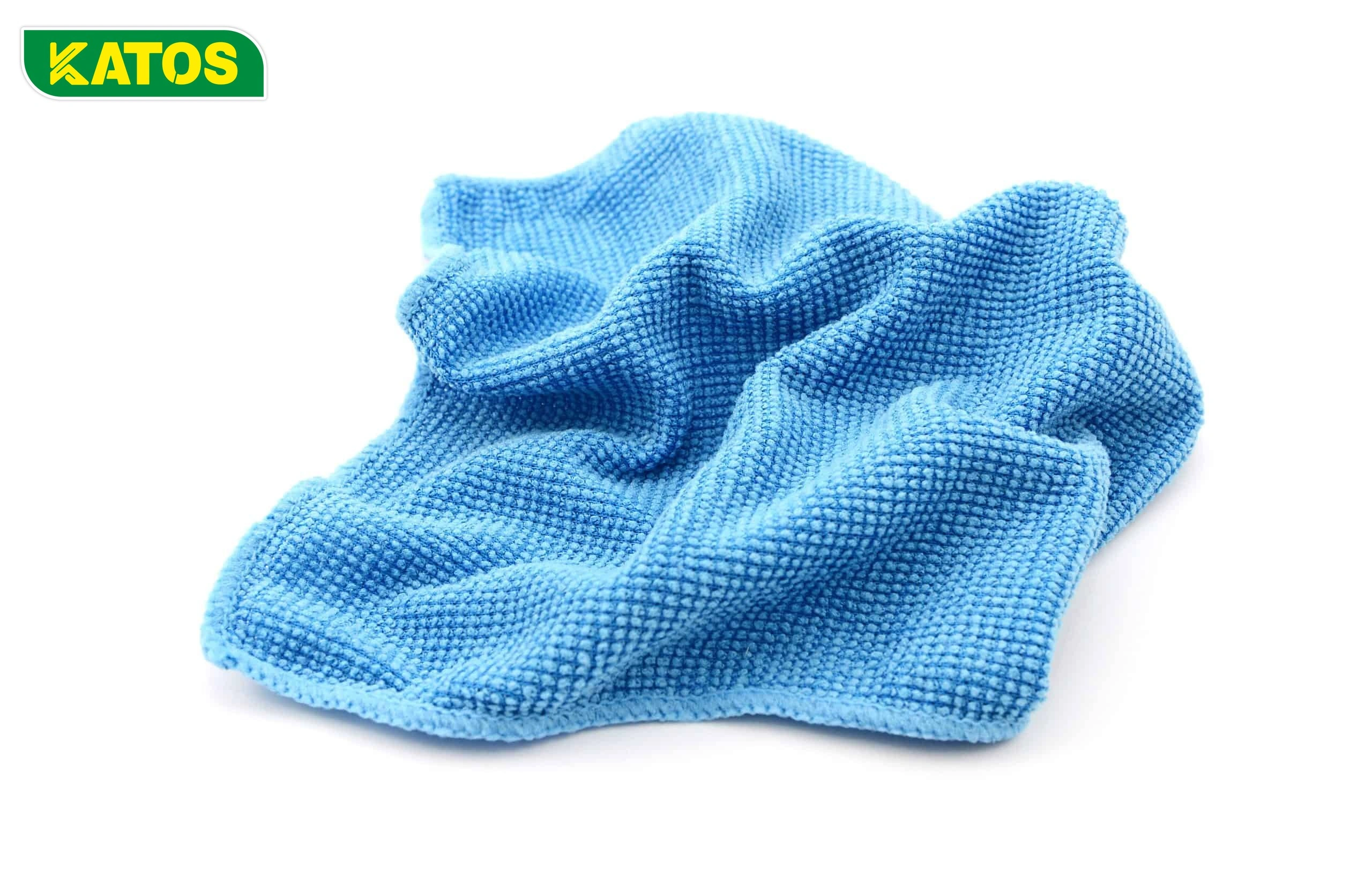
Material: Various materials like microfiber or specialized synthetic blends
Uses: Cleaning glass, mirrors, screens, and other surfaces where lint is undesirable
Advantages: Leaves no lint behind, ensuring a clear, streak-free finish
Lint-free cloths, made from materials like microfiber or specialized synthetic blends, are specifically designed to clean surfaces where lint is undesirable. These cloths are ideal for cleaning glass, mirrors, screens, and other delicate surfaces that require a clear, streak-free finish. The absence of lint ensures that surfaces remain spotless and free from unwanted fibers or residues. This makes lint-free cloths an excellent choice for tasks where a pristine, clear appearance is crucial, such as when wiping electronic screens or polishing mirrors. Their design allows them to effectively remove dust and dirt without leaving behind any traces, ensuring a clean and professional result.
Dishcloths

Material: Cotton or a cotton blend
Uses: Washing dishes, wiping kitchen surfaces, and general kitchen cleaning
Advantages: Durable, absorbent, and easy to clean
Dishcloths, typically made from cotton or a cotton blend, are essential in any kitchen for washing dishes, wiping surfaces, and general cleaning. Their material is highly absorbent and durable, making them well-suited for handling the demands of daily kitchen tasks. Whether you’re scrubbing pots, wiping down countertops, or drying dishes, dishcloths provide the necessary absorbency and strength to manage these tasks efficiently. Cotton dishcloths are also easy to clean and maintain, often lasting through many washes without losing their effectiveness, which contributes to their practicality and cost-effectiveness in a busy kitchen environment.
Dusting Cloths

Material: Microfiber, flannel, or specially treated cotton
Uses: Dusting furniture, electronics, and delicate surfaces
Advantages: Attracts and holds onto dust without scattering it
Dusting cloths, which can be made from microfiber, flannel, or specially treated cotton, are tailored for effectively removing dust from furniture, electronics, and delicate surfaces. Their materials are designed to attract and hold onto dust, preventing it from being scattered into the air or onto other surfaces. This makes dusting cloths particularly efficient for maintaining clean and dust-free environments. Their ability to capture and retain dust ensures that surfaces remain cleaner for longer periods, reducing the frequency of cleaning needed and contributing to a more comfortable and allergen-free space.
Scouring Pads

Material: Synthetic fibers, sometimes with an abrasive coating
Uses: Scrubbing tough stains, cleaning pots and pans
Advantages: Effective for heavy-duty cleaning, though they can be abrasive
Scouring pads, composed of synthetic fibers and sometimes featuring an abrasive coating, are ideal for tackling tough stains and cleaning pots and pans. Their robust construction allows them to handle heavy-duty cleaning tasks that require scrubbing power. While effective for removing stubborn grime and residue, scouring pads can be abrasive and should be used with caution on sensitive surfaces to avoid scratches. They are particularly useful for cleaning baked-on food or grime in the kitchen, where their durability and strength make them a valuable tool for maintaining cleanliness.
Synthetic Sponges

Material: Polyurethane foam or cellulose
Uses: Washing dishes, wiping counters, and cleaning bathrooms
Advantages: Absorbent and can be used with or without cleaning solutions
Synthetic sponges, made from materials like polyurethane foam or cellulose, are versatile cleaning tools used for washing dishes, wiping counters, and cleaning bathrooms. Their absorbent nature allows them to hold significant amounts of liquid, which is ideal for a range of cleaning tasks. Synthetic sponges can be used with or without cleaning solutions, making them adaptable to different cleaning needs. Their ability to absorb and release liquid effectively makes them practical for various applications, from dishwashing to surface cleaning, while their durability ensures they withstand repeated use.
Tack Cloths

Material: Cheesecloth treated with a sticky substance
Uses: Removing fine dust and particles before painting or finishing woodwork
Advantages: Leaves surfaces perfectly clean without leaving residue
Tack cloths, made from cheesecloth treated with a sticky substance, are specifically designed to remove fine dust and particles before painting or finishing woodwork. Their sticky surface effectively captures and holds onto tiny dust particles, ensuring a clean and smooth surface ready for finishing. This prevents imperfections in painted or varnished surfaces, leading to a professional-quality result. Tack cloths are essential for achieving a flawless finish, as they ensure that surfaces are completely free from debris before applying paint or other coatings.
Cheesecloth
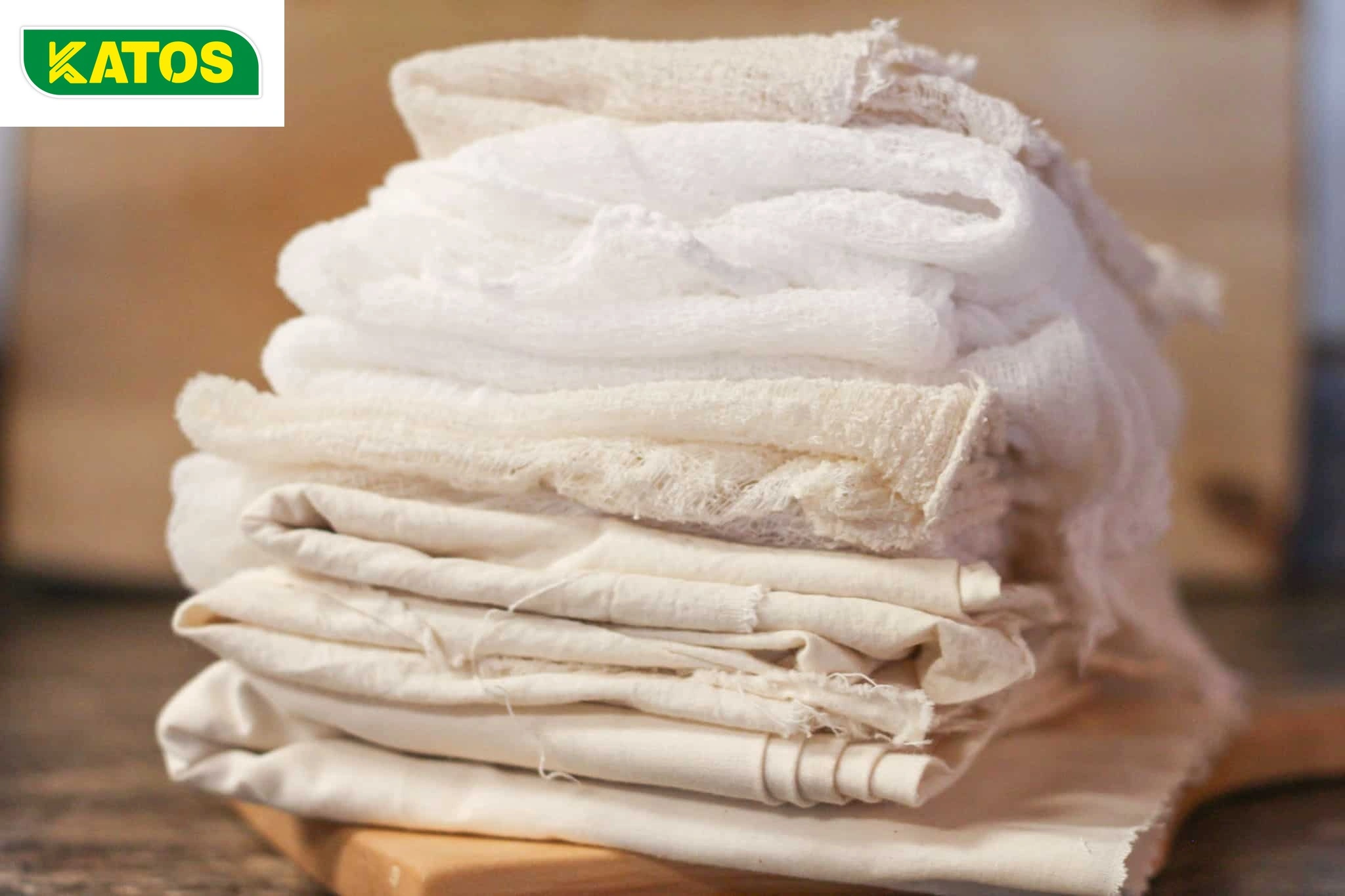
Material: Loose-woven cotton
Uses: Straining, polishing, or in some cleaning applications
Advantages: Soft, versatile, and can be used in various household tasks
Cheesecloth, a loose-woven cotton fabric, is a versatile material used for various household tasks, including straining, polishing, and some cleaning applications. Its open weave allows it to be highly breathable and flexible, making it suitable for tasks like straining liquids or polishing surfaces. Cheesecloth is soft and versatile, which makes it useful in a range of applications, from culinary tasks to light cleaning. Its adaptability and ease of use make it a valuable tool for both kitchen and cleaning tasks.


